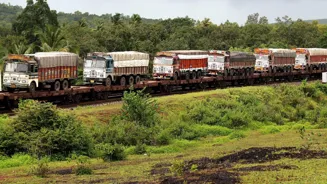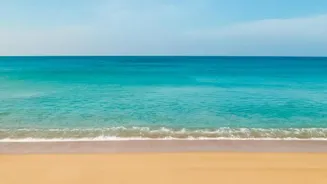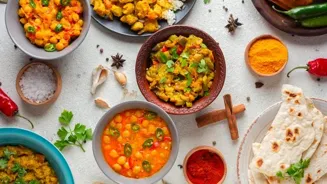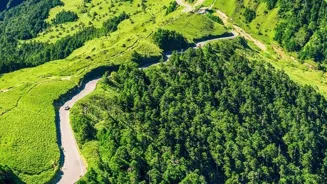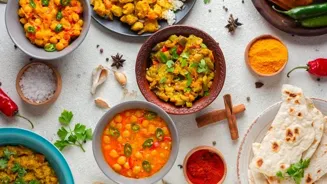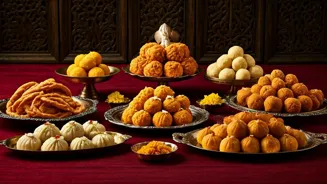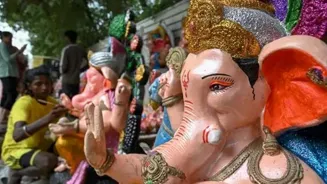For decades, Mumbai has been the poster child of Ganesh Chaturthi celebrations in India. But in recent years, another destination has quietly been carving
its place on the festive map: Goa. Known more for its beaches, nightlife and Portuguese charm rather than religious fervour, Goa dons a new colour during Ganesh Chaturthi, or Chovoth, as locals call it, and becomes a state that is steeped in tradition, rituals and homegrown celebrations that often surprise travellers. Unlike the massive public pandals of Maharashtra, Ganesh Chaturthi in Goa is more intimate, rooted in family homes, villages, and ancestral houses. It is here that travellers discover a quieter, yet deeply authentic side of the festival. If you’re headed to Goa in the coming week, make sure to add these local stops to your bucket list.
Sangod In Goa
In North Goa’s villages like Mapusa, Siolim, and Pernem, or in the heart of South Goa near Margao and Ponda, entire communities gather to welcome Lord Ganesha with folk music, coconut decorations, and traditional Goan sweets like nevri and modak.
A big bucket list experience during Ganesh Chaturthi in Goa is a visit to Cumbharjua village which is famous for its unique "Sangod" tradition, where a Ganesh visarjan procession is held on the 7th day of Ganesh chaturthi on decorated canoes and boats. The procession features boats adorned with floats that depict mythological scenes, historical events, or contemporary social and political issues. Participants often dress in costumes and perform skits or dances. The atmosphere is festive and joyous, with people lining the banks of the Cumbharjua canal to watch the procession and cheer on the participants.
Matoli & Dekhava
One of the most striking aspects of Ganesh Chaturthi in Goa, or Chovoth, is the Matoli, a traditional canopy of local plants, fruits, and herbs carefully arranged above Lord Ganesha’s idol. A Matoli often features more than 100 different items — from wild fruits and medicinal herbs to seasonal produce grown in home gardens. Classic arrangements include betel nuts, coconuts, guavas, apples, bananas, and local varieties of cucumbers and melons such as chibud. Unique additions like citrus fruits (toring and mauling), wild inedible fruits such as kanglam, ghagre, and kundalam, wild flowers like harne, and a collection of medicinal leaves known as gavar make each Matoli a living exhibition of Goa’s biodiversity.Equally fascinating is the Dekhava tradition, most prominent in Marcel and Cumbharjua. Here, families and community groups compete to create elaborate festive tableaus, each one more inventive than the last. These spirited displays, open to visitors during Ganesh Chaturthi, turn villages into showcases, making Chovoth into a festival of art as much as faith.
Also Read: How To Reach Lalbaugcha Raja In 2025: A Complete Travel Guide For Ganesh Chaturthi
And then, of course, there is the food. If the beaches draw you to Goa in December, it is the festive thalis of Ganesh Chaturthi that make August–September special. Banana leaf meals, steamed modaks, and coconut-rich curries are staples during Chovoth, reminding you that Goa’s culinary heritage is as layered as its cultural one.


